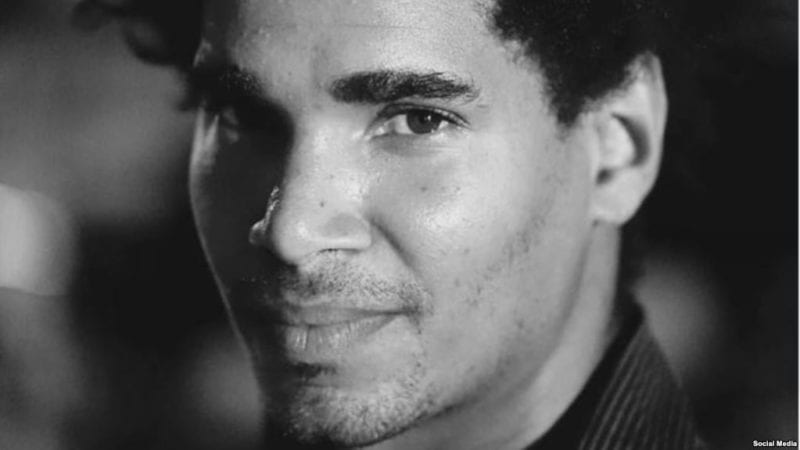The Detention of Cuban Artist Luis Otero is Everyone’s Business
Irina Echarry

HAVANA TIMES – On Monday, November 6, the police presented themselves at the studio of Cuban artist Luis Manuel Otero Alcantara to make a search. They knew – because they know everything – that Luis is trying to remodel his studio, that there is no cement for sale anywhere because of the post-Irma recovery issue and that, in addition, the artist convened an Alternative Havana Biennial when the government suspended the Official Biennial.
Just two hours before the press conference on the biennial was to begin, such a visit comes. Chance?
Let’s do a test. Just stop at the corner of any block – in the Havana municipality of your choice-, and count to five, we enter the fifth house, we search, and sure enough we will find some sack of construction material (sand, gravel, cement). And almost certainly the person who bought it did it on the black market because right now there is no other way to acquire it, except for the subsidies granted by the State.
It turns out that Luis Manuel is not even guilty of “reception” as they want to charge him; He has not bought anything. An aunt benefited with one of these subsidies, lent him the materials. The police already know that, they have proof that he is innocent, but remains detained since the day of the search, more than 48 hours ago.
He was transferred from the police unit of Cuba and Chacón to the Vivac jail. The relatives were told that they would “take a measure with him”, but it is secret what that might be.
Luis should not be detained for something he has not done, but the situation is more serious, and not only has to do with Luis. It is a method to which the government often resorts: to criminalize dissension, criticism, protest.
Anyone who makes public an idea not in accordance with what the government dictates, is prone to fall into the police radar and be prosecuted for common crimes. That’s why they then boast that in Cuba’s jails “there are no political prisoners.”
Among artists an admirable support for Luis has generated; social networks have been active and we know that they can be a good tool even in Cuba, where few access them.
As well as the hunger strikes to make demands that concern all the citizens, the public mistreatment of the Ladies in White or anyone who disagrees with government policies, the process suffered by Luis Manuel is everyone’s business. Not only of people linked to art, but also of them.
The struggle should not be limited to the freedom of an artist. It should be for the recovery of public spaces; for the right to oppose a government without being repressed; so our young people can be critical, sincere and active; so that art is a safe place, a breeding ground for ideas and debate.





